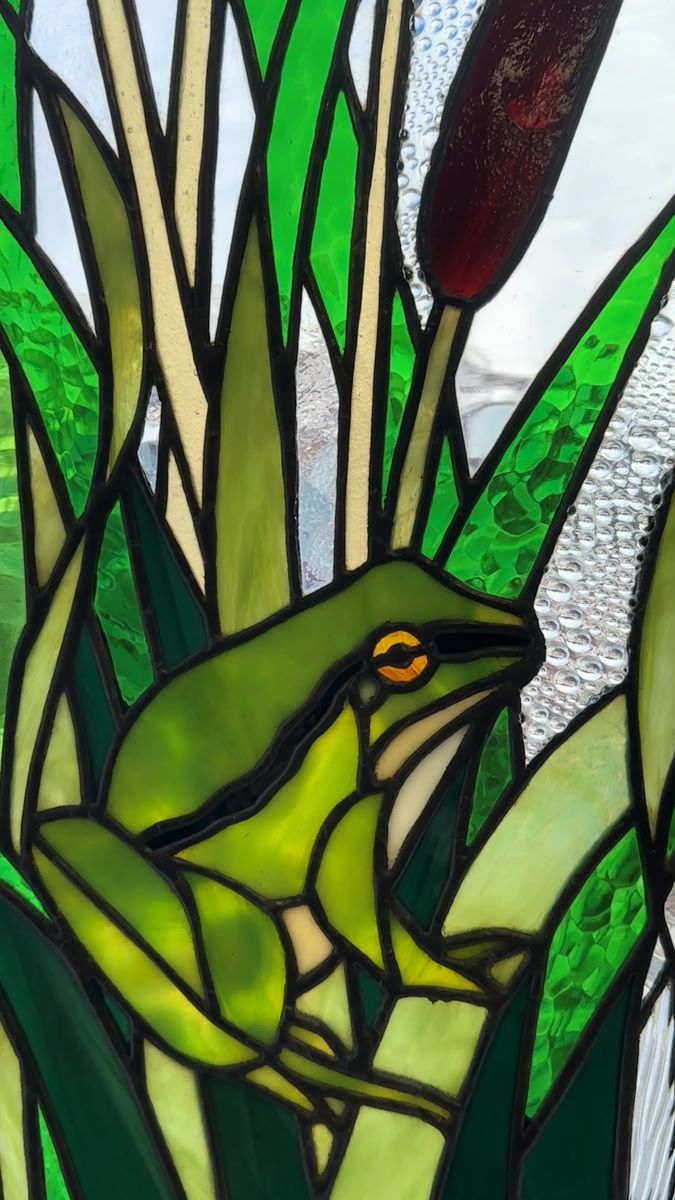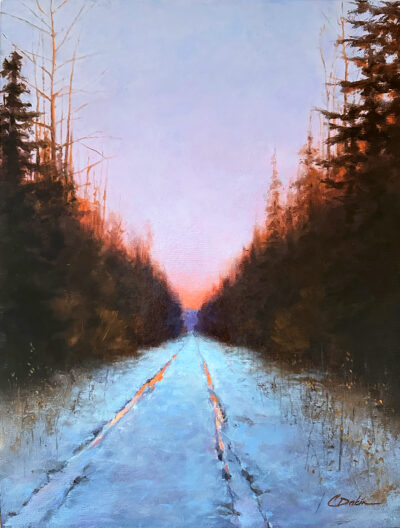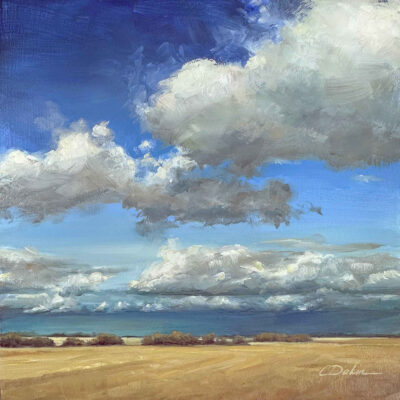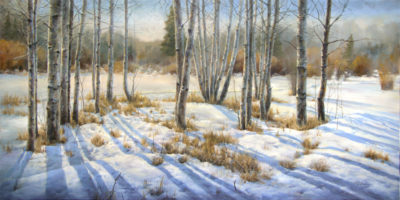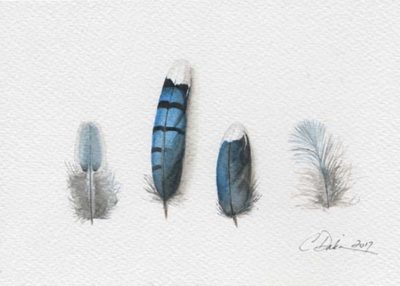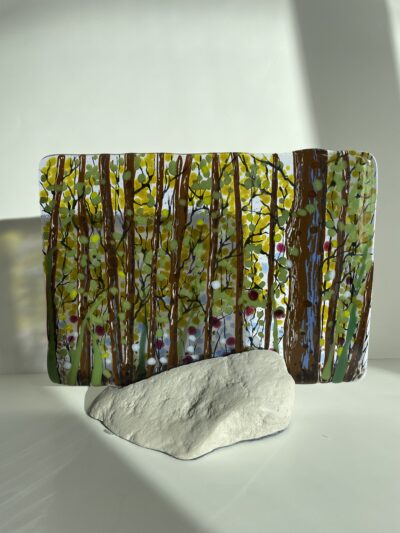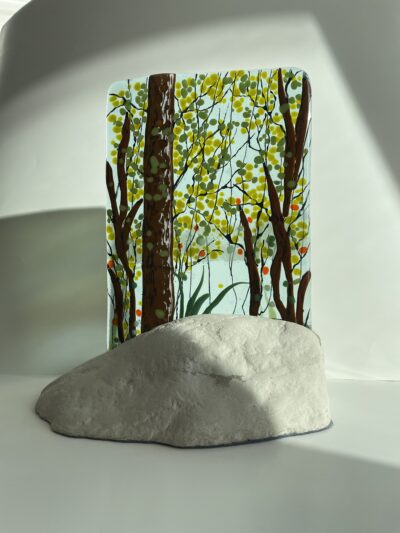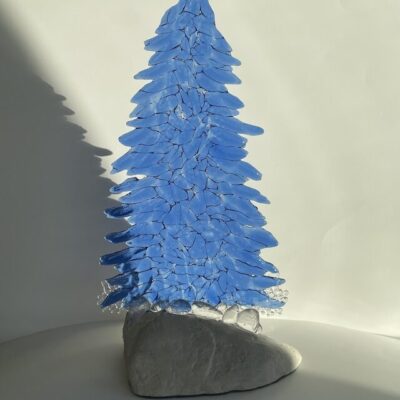Frog and Cattails
Charity Dakin
Original Artwork
Stained Glass
9 × 24 in
Artwork Description
THE TIFFANY TECHNIQUE: A BRIEF HISTORY
The Tiffany technique of creating stain glass pieces, also known as the method copper foil, became revolutionary in the world of stained glass. It was suggested by Louis Comfort Tiffany, an American artist and designer, in the late 1800s. Before this innovation, the traditional lead came technique had been dominating in the stained-glass industry. Louis Tiffany provided a method that would allow for greater intricacy, precision, and flexibility in design, which would also make the stained-glass items less fragile.
KEY FEATURES OF THE TIFFANY TECHNIQUE
- Copper Foil: At the heart of the Tiffany method lays the use of thin copper foil. Artists wrap around the edges of every glass piece, which provides integrity of the item as a whole. Besides, copper foil allows for a more delicate and detailed design.
- Opalescent Glass: Tiffany is known for his use of opalescent glass, which contains multiple colors and textures within a single sheet. Such type of glass helps create a marvelous interplay of light and color when lit by the sunrays, adding depth and dimension to the masterpiece. Opalescent glass can be surely called a hallmark of Tiffany-stained glass artwork.
- Soldering: The copper foil-wrapped tiny glass pieces are then soldered together. This soldering process does not only ensure the integrity of the stained-glass piece but also creates decorative lines that can be further enhanced with patina to achieve a desired finish effect. The solder can be silver, black, or copper, a choice that is made as part of the overall glass colour and design.
- Artistic Freedom: One of the Tiffany technique’s overweighting advantages is the freedom it offers in design. Talented artists can handcraft fanciful unique patterns, exquisite details, and use a wide color spectrum that would be challenging to achieve with lead came alone. Such versatility and an ability to choose have made the Tiffany technique especially popular for producing floral, geometric, and nature-inspired designs.


